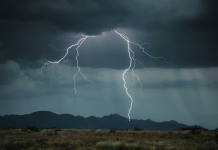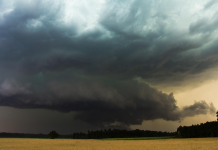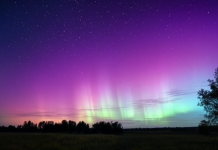The term “scud clouds” isn’t universally recognized in standard meteorological terminology as a formal cloud type. However, in common usage, especially among sailors or in certain regional dialects, scud refers to loose, vapory fragments of clouds that are often seen moving rapidly beneath a larger cloud deck, particularly during or after rain showers or in windy conditions.
In a meteorological perspective with regard to formal cloud classification, you have types like cumulus, stratus, cirrus, etc., but scud isn’t one of these classifications. Instead, what might be referred to as scud are often Fractus Clouds; These are small, ragged cloud fragments that are usually found under a base of other clouds like nimbostratus or cumulonimbus. They can be either cumulus fractus or stratus fractus depending on their formation and appearance. They are typically associated with bad weather, appearing dark and irregular, and can move quickly with the wind.
Nautical and Informal Use:
The term “scud” is often used informally, especially in nautical contexts, to describe fast-moving, low, fragmented clouds or mist driven by the wind. This usage captures the essence of clouds that are scudding across the sky.
Weather Indication:
Seeing what might be called scud clouds can indicate certain weather conditions in that they often signify turbulent atmospheric conditions, where there’s significant wind shear or when the atmosphere is unstable.
They can be a sign that a front has passed or that there are showers in the vicinity, as these clouds often follow or precede rain.
Visual Characteristics:
These clouds or what might be colloquially called such, appear torn or shredded, moving quickly due to high winds at their altitude, and can change shape rapidly.
So, while scud clouds might not be a term you’d find in a meteorology textbook as a distinct cloud type, the concept it represents — those fast-moving, low, often fragmented clouds — is well understood in both formal and informal weather observation.






